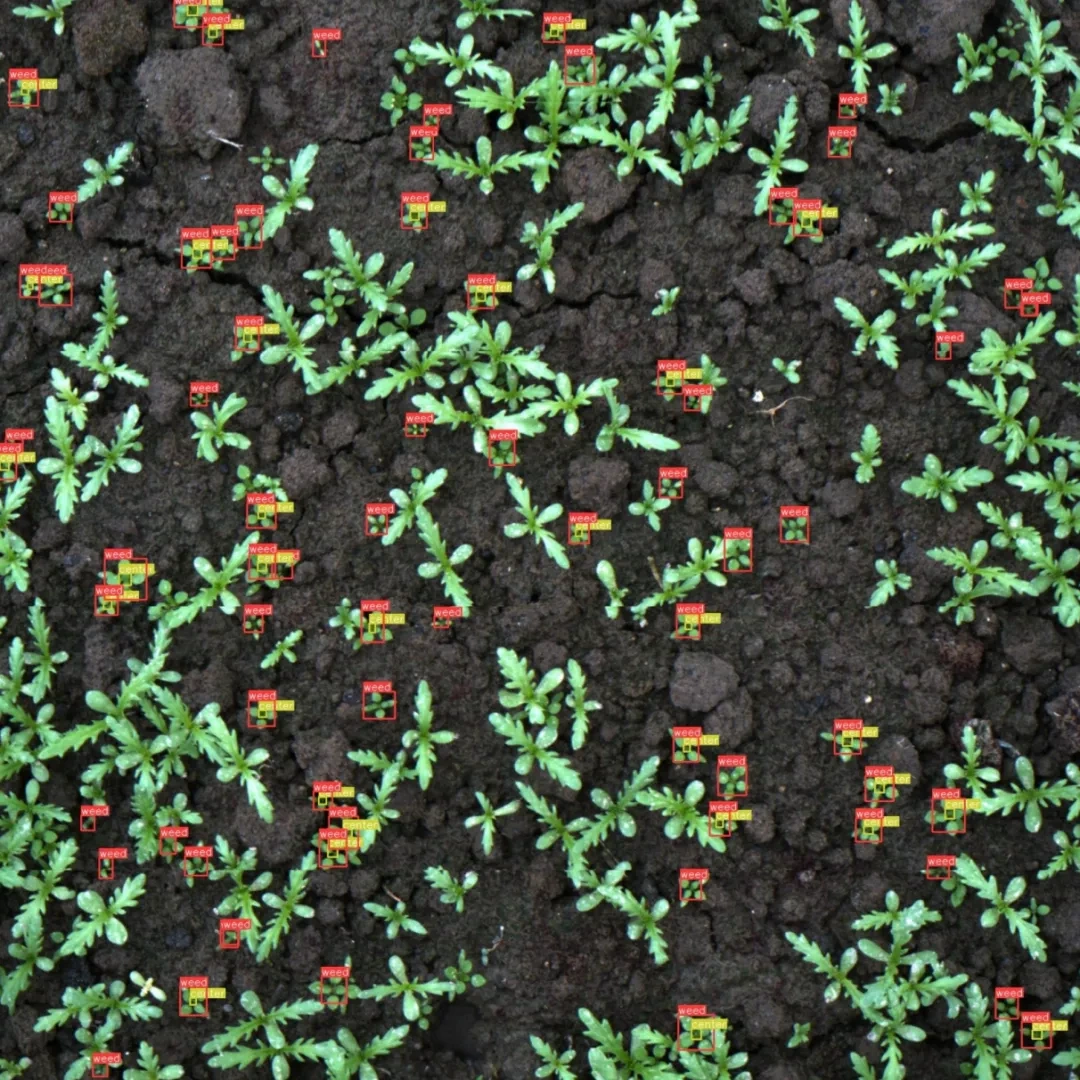Laser weeding application technology
1)Thermal effect After focusing, the laser beam has extremely high energy density (usually high-power infrared or far-infrared laser). When it irradiates the leaves or stems of weeds, the light energy is absorbed by the water and pigments (such as chlorophyll) in the plant cells, instantly generating high temperatures (up to hundreds of degrees Celsius), causing cell structure rupture, protein denaturation, and even carbonization.

2) Identification and positioning Vision system: Scan farmland in real time through cameras, multispectral sensors or AI algorithms to distinguish between crops and weeds. For example, weeds are identified by using differences in plant reflectance spectra (such as chlorophyll content and morphological characteristics).
Positioning technology: Combine GPS, machine vision or laser radar (LiDAR) to determine the location of weeds, control the movement path of the laser head, ensure that only the weed area is irradiated, and avoid accidental damage to crops.
3) Technical advantages Environmental protection: no chemical residues, reduce soil and water pollution, suitable for organic agriculture. Precision: millimeter-level positioning, protect crop roots and soil microorganisms. Adaptability: Suitable for greenhouses, nurseries, row crops and other scenarios, especially for resistant weeds or areas that are difficult for machinery to enter.
4) Application scenarios Precision agriculture: Combined with autonomous agricultural machinery or drones, large-scale field weeding can be achieved. Urban greening: Used for weed management in parks and roadsides to reduce the use of herbicides. Space agriculture: NASA has experimented with laser weeding in the space station to deal with plant control in closed environments.
 +86 18663958101
+86 18663958101










